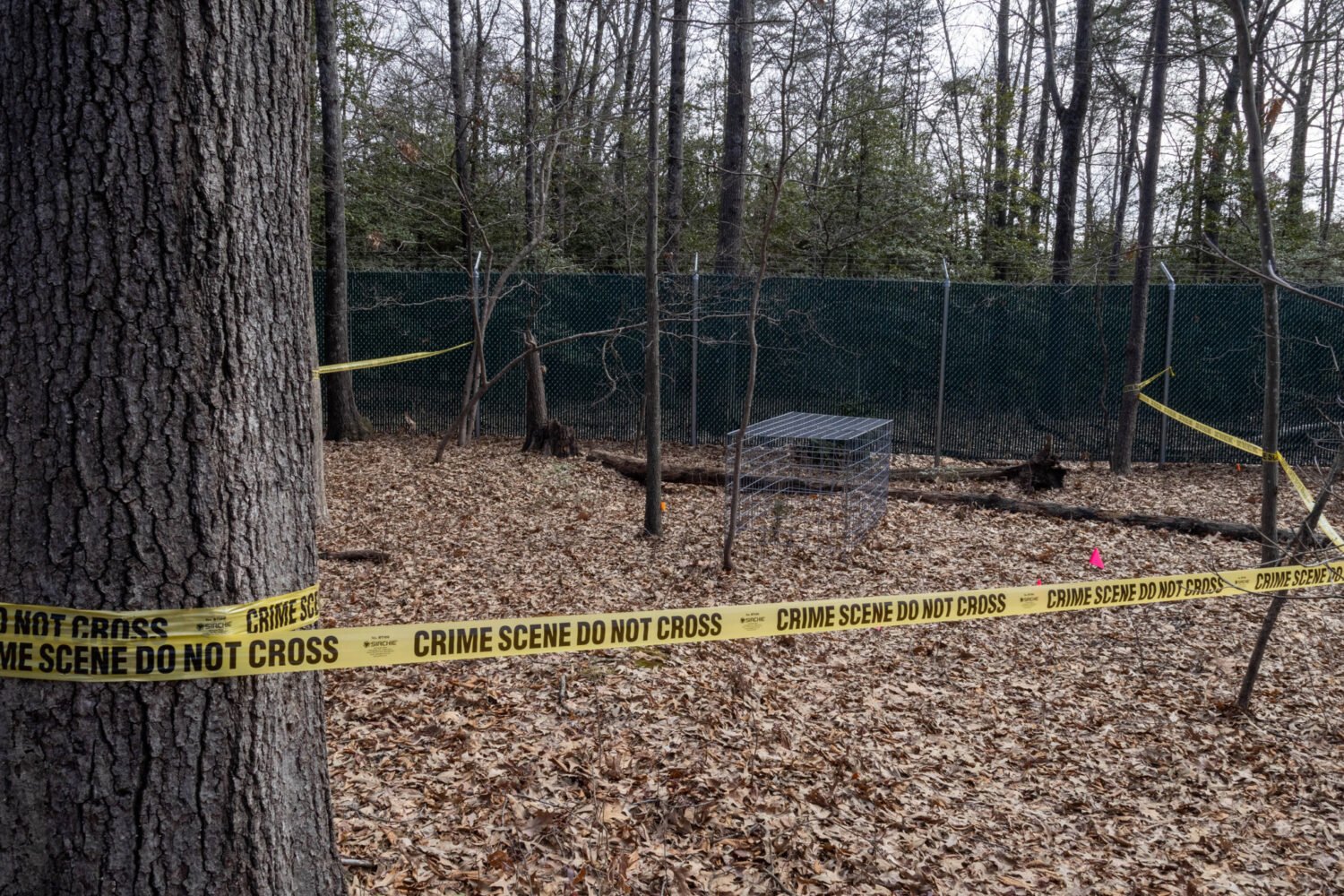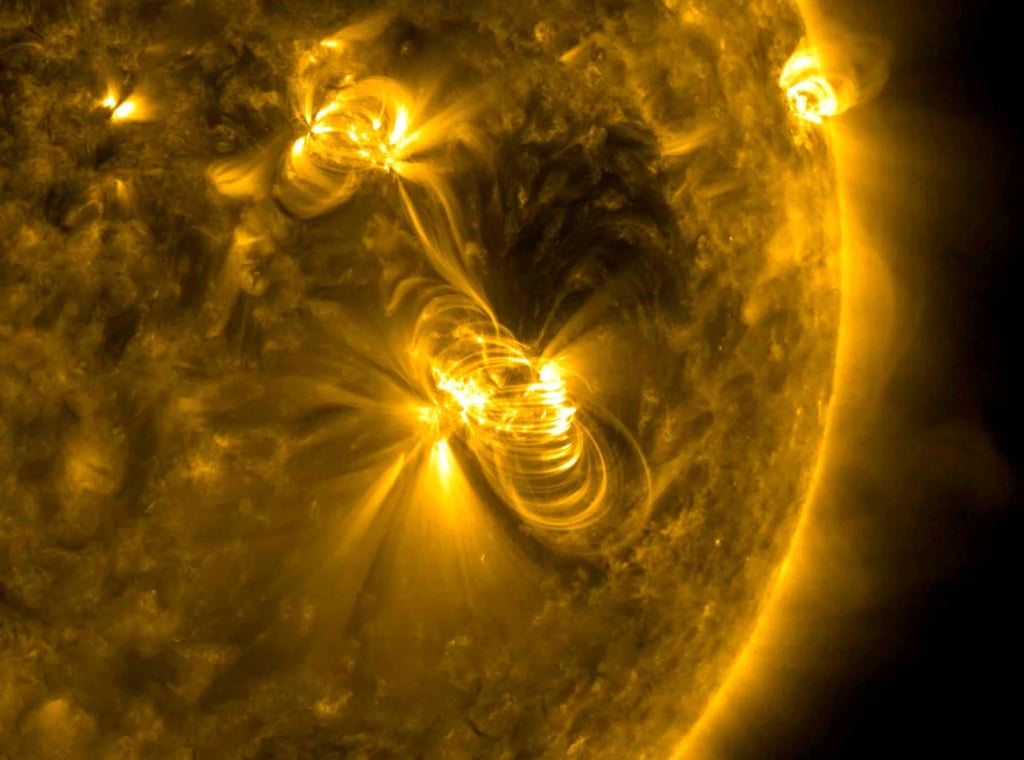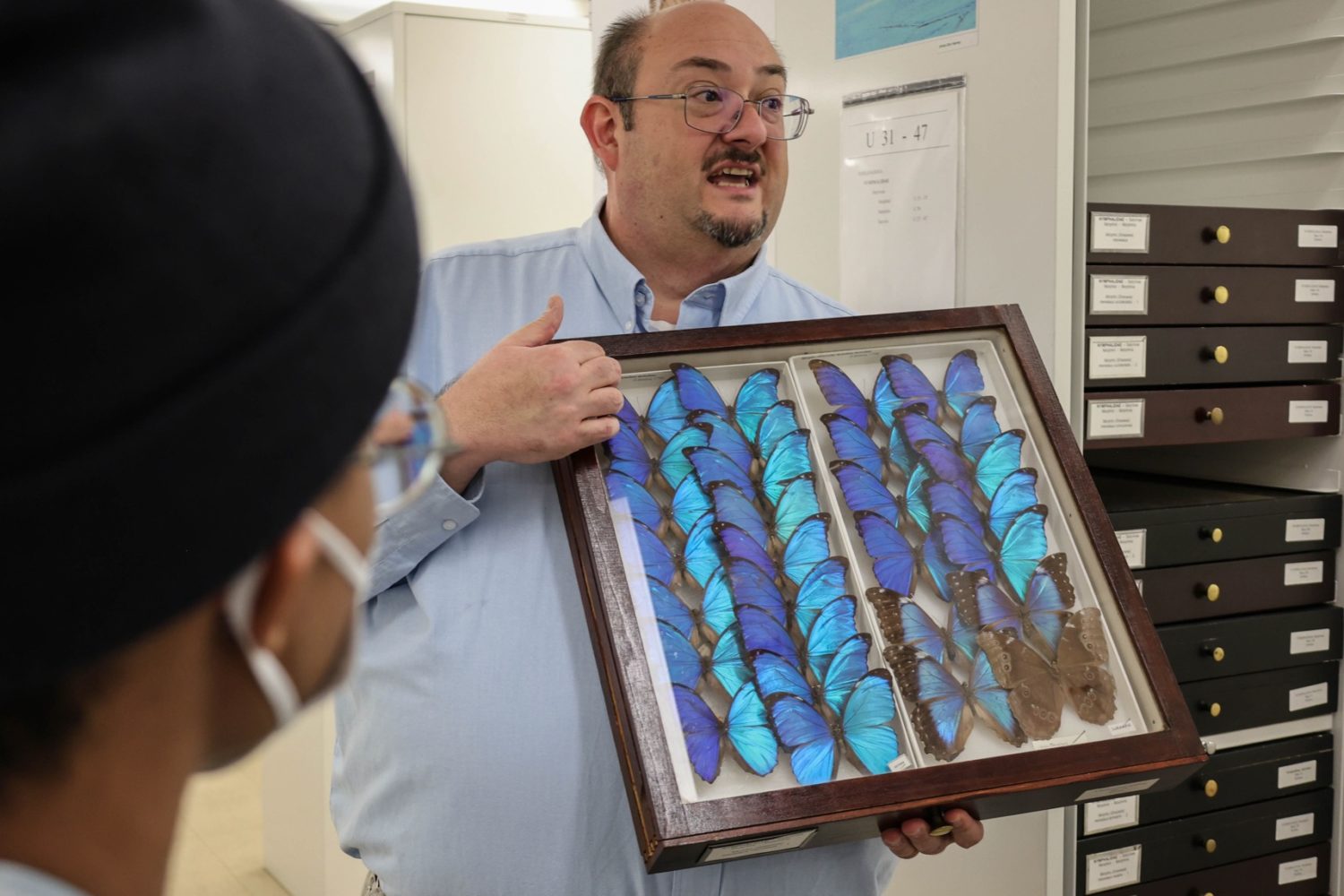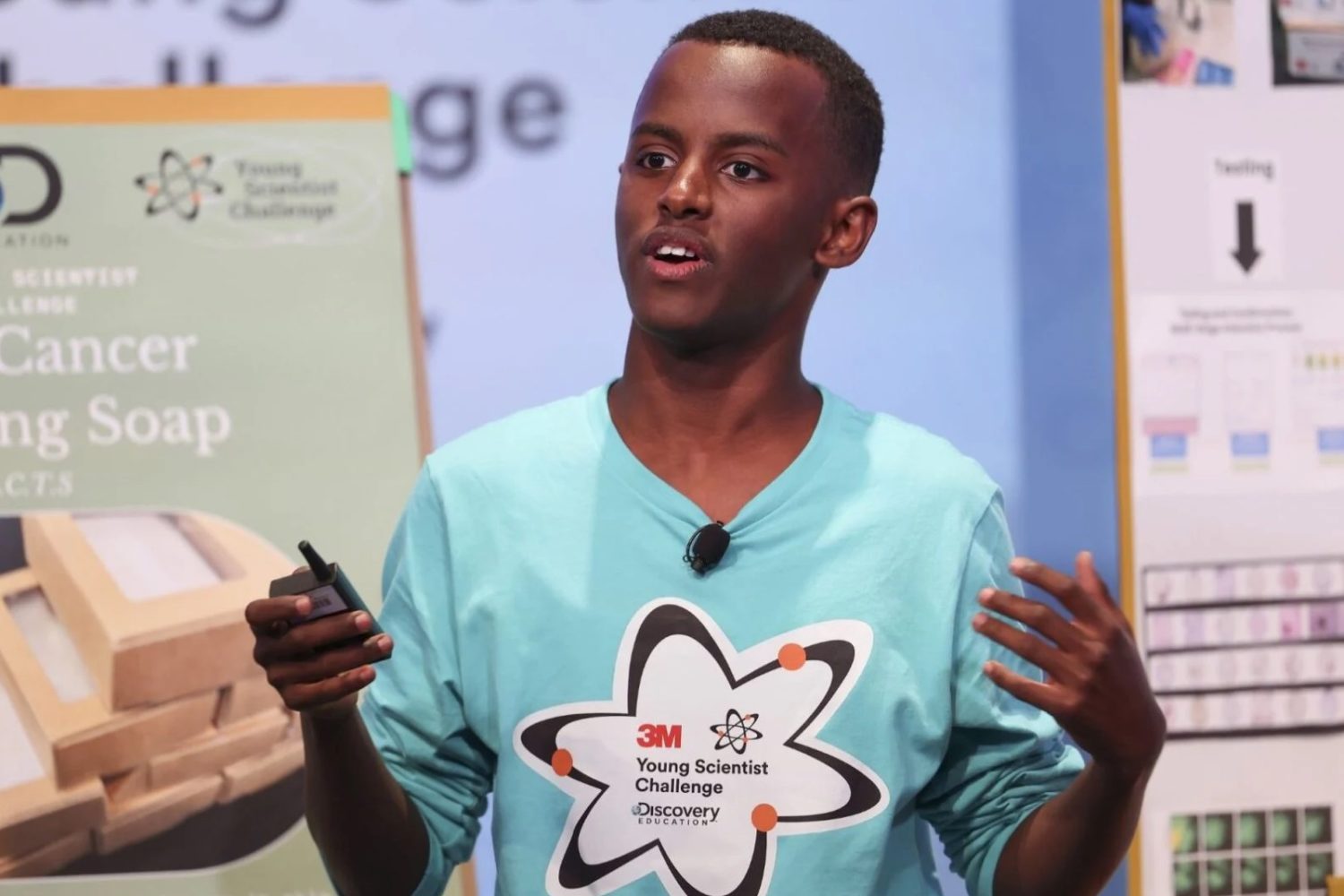So far, Sam Kean has tracked scientists’ search for order in nature, starting with the periodic table of elements in 2010’s The Disappearing Spoon, moving on to the human genome in The Violinist’s Thumb in 2012 and now, in The Tale of the Dueling Neurosurgeons, the brain.
Given the current fancy in popular science, we might expect him to tackle the cosmos next. But space—as we know from the likes of David Bowie, Elton John, and Neil deGrasse Tyson—can be lonely. Kean prefers masses of humanity.
As in his previous books, Kean—who writes for Science magazine in DC—introduces us to a host of characters: James Holman, a blind 19th-century gentleman traveler who used echolocation to guide him on his global adventures; Isabelle Dinoire, a Frenchwoman who, after being mauled by her Labrador retriever, received the first face transplant in 2005; and the “dueling neurosurgeons” of the title, 16th-century Frenchmen Ambroise Paré and Andreas Vesalius, called in to treat King Henri II after the monarch’s fall in a jousting tournament.
These stories are entertaining, especially because Kean’s style is engaging, if sometimes prone to flourishes. (One character on a trip to Chile, he writes, might have picked up “a soupçon of español.”) But they’re also illuminating, as Kean shows how each one advanced scientific knowledge. Paré—a barber/surgeon by trade—is argued out of opening the doomed Henri II’s skull to relieve his pain. But an autopsy proves his diagnosis of hemorrhagic damage—and makes autopsy a basic learning tool for future physicians.
Modern medicine, Kean says, isn’t above stumbling upon discoveries. The 1997 case of Cheryl Schiltz, who suffered antibiotic-induced balance problems, teaches neuroscientist Paul Bach-y-Rita that the brain can be retrained to compensate for damaged senses.
Story by story, Kean connects the brain’s puzzling pieces, working through sections on “Gross Anatomy,” “Cells, Circuits, Senses,” “Body & Brain,” and “Beliefs & Delusions” before finishing with the big kahuna, “Consciousness.” The mid-20th-century experiments of Roger Sperry, on the differences between the left and right sides of the brain, remind us we don’t completely understand what separates the physical organ from “the mind.”
“Explaining how human consciousness emerges from the brain has always been—and remains today—the defining problem of neuroscience,” Kean writes. Indeed, the best thing about many of his fascinating stories is that they’ve just begun.
This article appears in the May 2014 issue of Washingtonian.
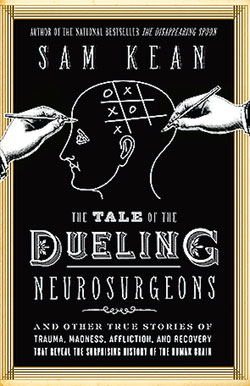
Author:
Sam Kean
Publisher:
Little, Brown and Company
Price:
$27.00







